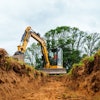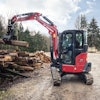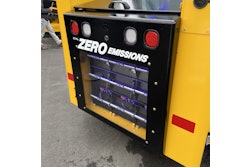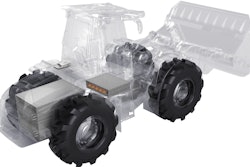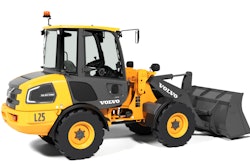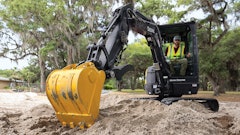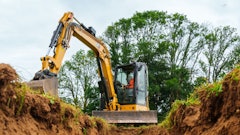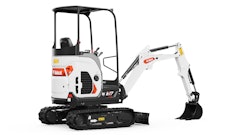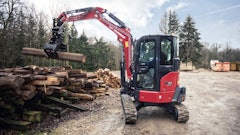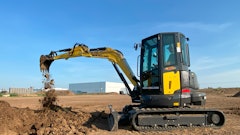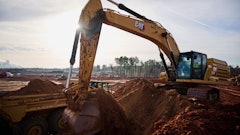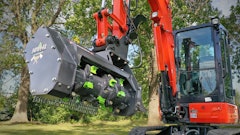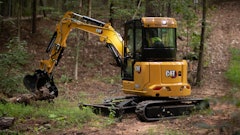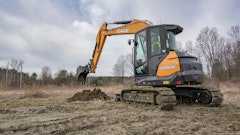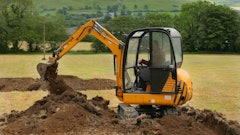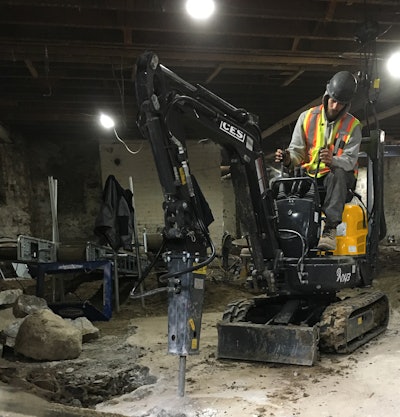
Electric machines may still seem like a distant prospect, but more and more OEMs are bringing electrified equipment into their portfolio as the trend gains steam. According to Bart DeHaven, national sales rep for Kato, a number of factors are contributing to the growing interest in battery-powered machinery. “Between tightening emissions standards and electric [and/or] battery machines that are becoming more economical, the bottom-line value to a contractor continues to improve,” he states. “As that value proposition grows, we’re seeing a greater number of contractors demanding electric and battery options.”
In line with emissions reduction benefits, as areas become more populated and noise restrictions are more commonplace, electric machines will continue to grow as a market segment solution, says Lee Padgett, product manager, Takeuchi-US.
The most prominent subset of equipment leveraging electric power is the compact excavator market. Rodolfo “Tito” Sosa, product specialist and sales trainer for Hyundai Construction Equipment America, notes that the 1.5- to 2-ton machine size has been a particularly strong area of focus.
When considering electric equipment for the rental market, simplification is key, says Sosa. “Something that doesn’t have all of the neat bells, whistles or gadgets so…the rental yard can get the most bang for [its] buck,” he adds.
“Equipment owners need to look at whether they have the amount of jobs that require a zero-emissions machine to justify the added expense of an electric machine,” Padgett contributes. “It may be more cost effective even with the lower maintenance cost to rent vs. own if they do not have steady work for the machine.”
As of right now, electric compact excavators (and electrified vehicles in general) are a small portion of construction vehicles used and are primarily for niche circumstances, namely those that necessitate low noise and emissions. But as DeHaven points out, there are other benefits for prospective buyers or renters of electric equipment, such as reduced maintenance and fuel costs.
What Are the Challenges?
The potential for electrified equipment like compact excavators to become the rule and not the exception stems from technology limitations. It’s no secret that battery technology is a significant detriment to widespread implementation due to high cost, slow power intake (charging time) and capacity issues for functions demanding high power output, such as digging.
Consider that a recently released electric compact excavator claims to be fully charged in three hours and able to perform eight continuous operation hours. Comparing three hours of charging to the few minutes it takes to fill up a diesel tank, it’s easy to see why faster charging and longer operation are big hurdles to consideration of electrified equipment.
“Production of battery packs and components is simply more expensive than a tethered or diesel-powered equivalent,” says DeHaven. “That cost is offset when you consider the reduction in emissions and noise pollution. However, the initial startup is more than we’re all used to paying.”
In the end, it’s not a surprise that many feel as though electrified equipment is still years away from being a viable consideration with the high upfront costs and long return on investment. But as more jobs require low to no emissions of both pollutants and noise, electric vehicles will become more in demand, especially in the compact market — and, it would seem, starting with compact excavators.

